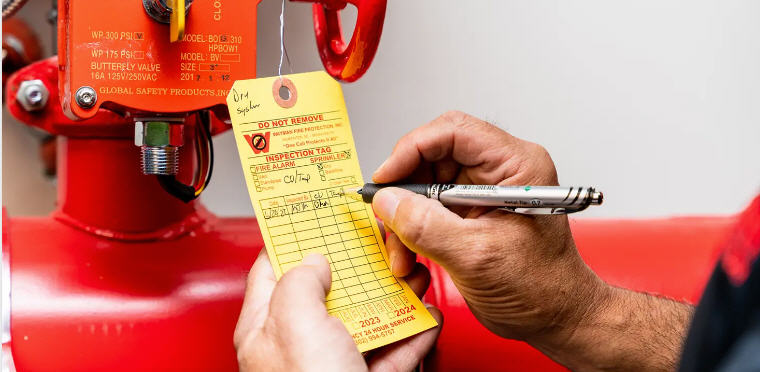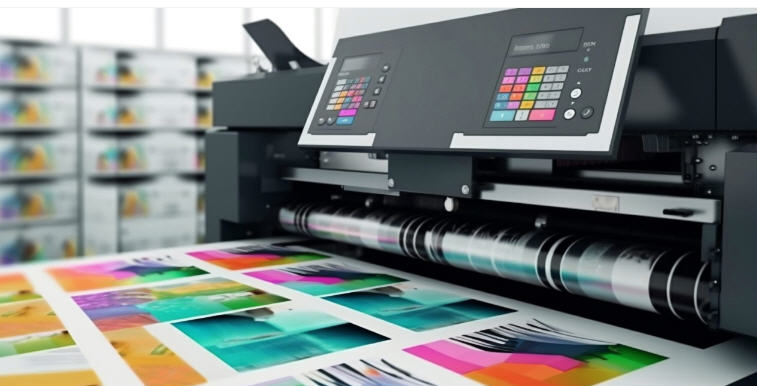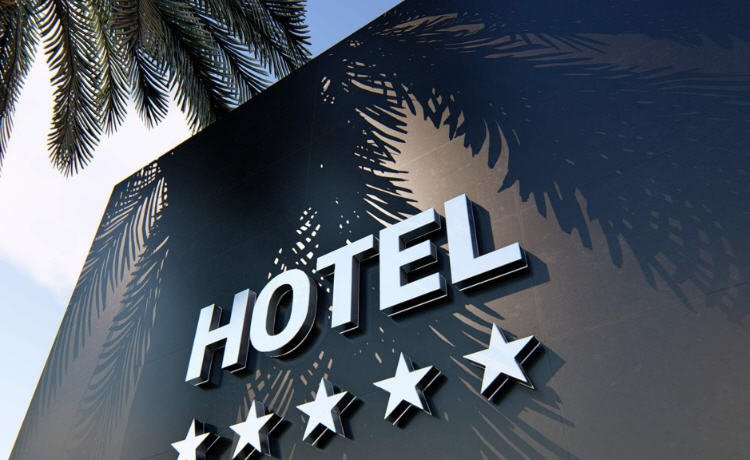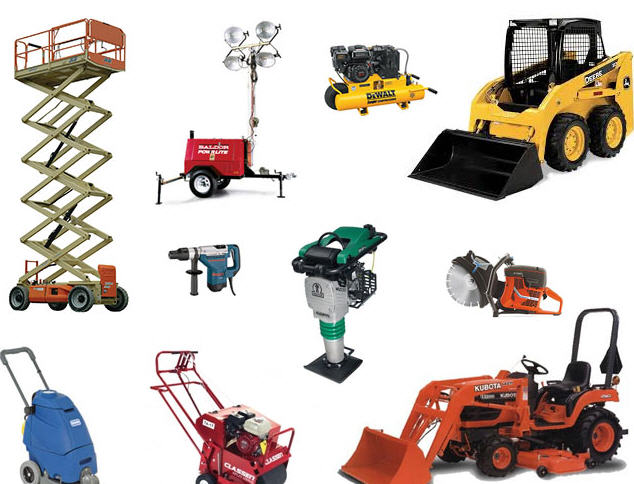
Key Performance Indicator (KPI) for Florist
To name a few:
Sales & Revenue KPIs
- Total Revenue: Overall sales generated during a certain period (daily, weekly, etc.). This is your top-line metric.
- Sales Growth: Increase (or decrease) in revenue over time.
- Average Order Value (AOV): Average amount spent per customer order. Increasing this drives revenue.
- Sales by Product Category: Track sales for bouquets, arrangements, plants, gift items, etc. This helps adjust inventory and promotions.
- Foot Traffic (for physical locations): Number of customers entering the store. Shows your potential customer reach.
Customer-Focused KPIs
- Customer Satisfaction Surveys (CSAT): Measure satisfaction with flower quality, arrangement design, service, etc.
- Net Promoter Score (NPS): Measures the likelihood of a customer recommending your florist shop. High NPS reflects loyalty.
- Repeat Business: Percentage of customers who return for subsequent purchases. Build a loyal customer base.
- Online Reviews: Monitor and address customer feedback on platforms like Google, Yelp, or industry-specific sites.
Operational KPIs
- Cost of Goods Sold (COGS): The direct cost of flowers, vases, and other materials used in creating arrangements.
- Shrinkage/Waste: Track the percentage of flowers and supplies lost due to spoilage, damage, etc. Minimize waste to optimize profits.
- Order Fulfillment Time: Average time from when an order is placed to when it’s ready for pickup or delivery.
- Delivery Accuracy: Percentage of orders delivered to the correct location and on-time. Customer experience is vital.
Financial KPIs
- Gross Profit Margin: Percentage of revenue remaining after your COGS are accounted for.
- Net Profit Margin: Percentage of revenue remaining after all expenses are accounted for. Measures overall profitability.
Additional Considerations
- Seasonality KPIs Track how sales fluctuate throughout the year due to holidays (Valentine’s Day, Mother’s Day, etc.) and events (weddings). Plan accordingly!
- Social Media Engagement: Track likes, shares, comments, and followers on social media platforms. Especially important if you promote visually appealing floral work.









